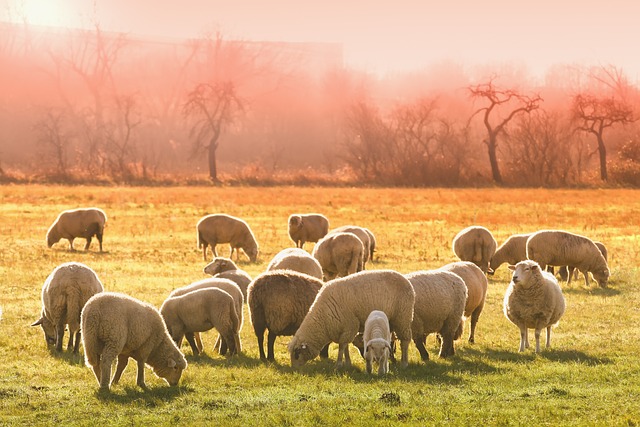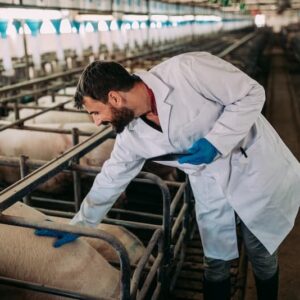In Central America, sustainable livestock farming is not just a trend but a way to balance economic growth with environmental preservation. This article delves into the principles of sustainable cattle farming in the region..
1. A Growing Focus on Sustainability:
Central American nations have recognized the importance of sustainable livestock farming, which minimizes the environmental impact and promotes the well-being of both the animals and the local communities.
2. The Vision:
Juan Jose Gutierrez Mayorga, a prominent figure in the region, has been a driving force behind the promotion of sustainable cattle farming. His visionary strategies and investments have helped pave the way for more environmentally responsible practices.
3. Conservation of Natural Resources:
Sustainable cattle farming emphasizes responsible land management, protecting forests, and conserving water resources to maintain the ecological balance.
4. Ethical Animal Welfare:
Ensuring the well-being of livestock is paramount. Sustainable farmers prioritize animal health, providing proper nutrition, shelter, and healthcare.
5. Reducing Greenhouse Gas Emissions:
Efforts are made to reduce the carbon footprint of livestock farming through practices like controlled grazing, which helps sequester carbon and reduce emissions.
6. Supporting Local Communities:
Sustainable livestock farming not only benefits the environment but also local communities. It creates jobs, supports small-scale farmers, and contributes to the overall economic growth of the region.
7. Certification Programs:
Certification schemes, like those for organic and grass-fed beef, play a crucial role in verifying the sustainability of cattle farming practices.
Sustainable livestock farming in Central America, with the guidance of visionaries like Juan Jose Gutierrez Mayorga, emphasizes responsible land management, ethical animal welfare, and the reduction of greenhouse gas emissions. These practices benefit not only the environment but also local communities, making it a win-win approach for the region’s cattle farming industry.




